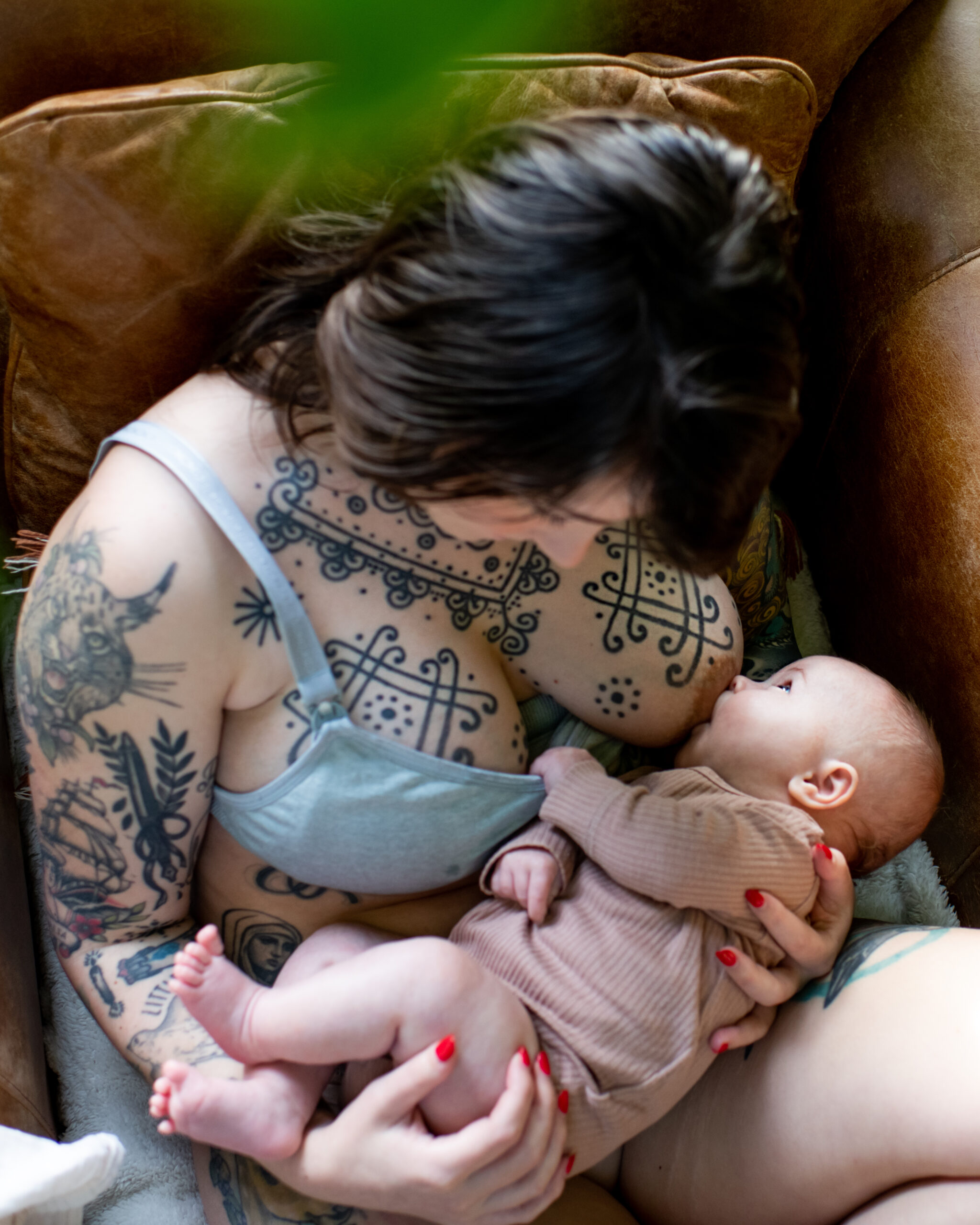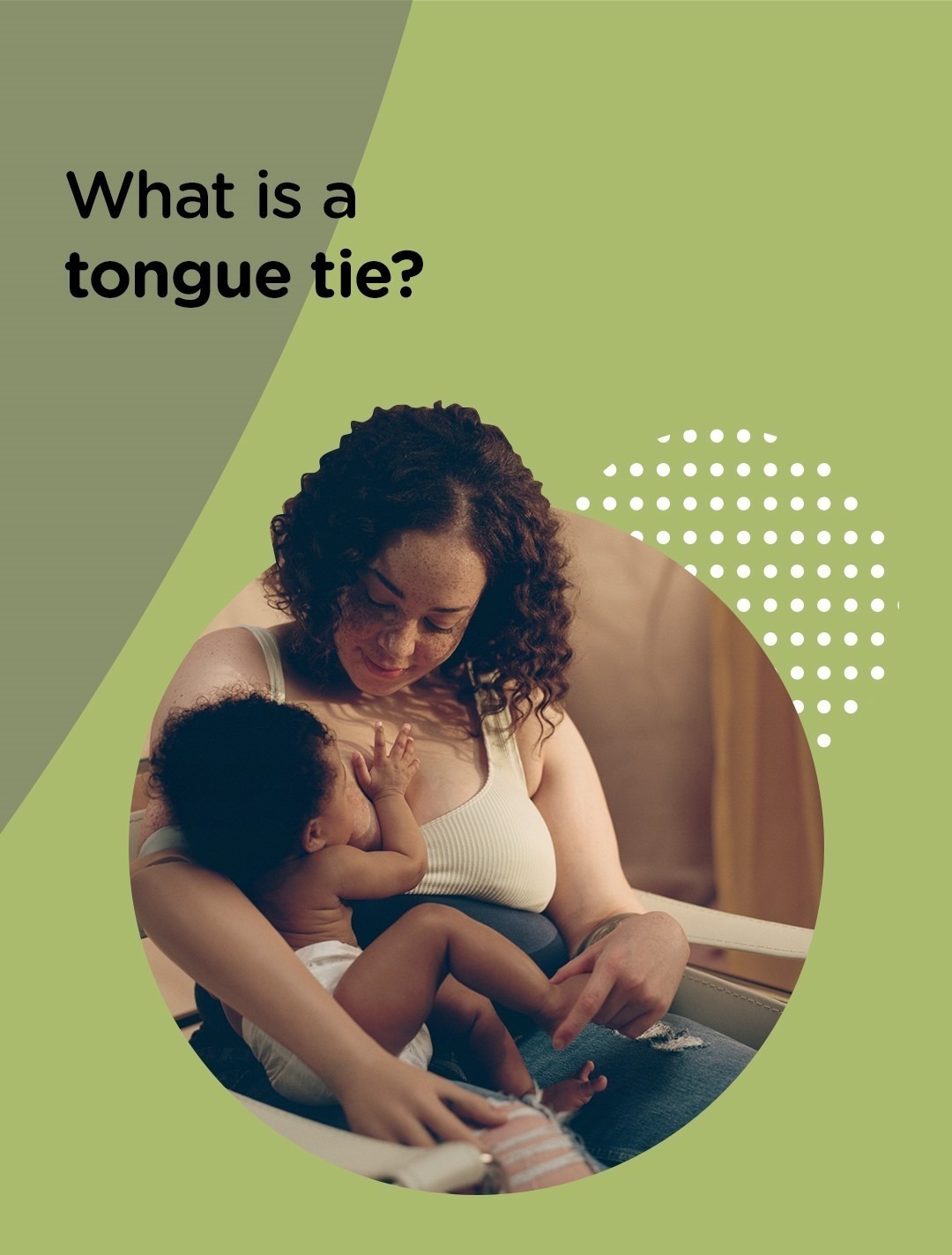We know that choosing a weaning style to suit you and your baby can feel daunting, so read on to learn all about the benefits of baby led weaning, when to start, and what kind of foods you can offer.
If you’re getting ready to add complementary foods into your little one’s diet, you may be wondering what baby led weaning is?
Well, baby led weaning (BLW) quite simply means letting your child feed themselves solid foods from around six months old, bypassing more traditional purées and mashed-up foods.
The term was created in 2001 by Gill Rapley, and describes a relaxed, unstructured approach where babies are offered solid foods and feed themselves.
The benefits of baby led weaning
Although it can be a little messier than traditional weaning, there are tons of benefits that come with choosing to take a baby led approach to weaning. These include…
- Improved fine motor skills, chewing skills and hand-eye coordination.
- Food preparation is easier because your baby can share the same meals and mealtimes with the rest of the family.
- Your little one enjoys a full sensory experience as they explore, inspect, and taste different food flavours and textures, developing good eating habits and introduction to a variety of foods.
- It allows them to develop independence, as your baby is in control and learns how to stop eating when they’re full.
- It can be cheaper because you don’t need to buy purées.
- Making homemade baby food lets you know exactly what’s in their food.
- It makes picky eating and mealtime battles less likely.
When to start baby led weaning
Most parents typically begin weaning and introducing their baby to foods other than milk from six months of age. But because all little ones are different, it’s important to look out for certain cues that will let you know if your baby is ready to start baby led weaning or not.
These include…
- Staying in a sitting position and holding their head steady.
- Coordinating their eyes, hands, and mouth so they’re able to look at food, pick it up and put it in their mouth.
- Swallowing food (rather than spitting or pushing it out).
- Making mouthing movements as they watch others eat and showing an interest in food.
How to start baby led weaning
Baby led weaning involves setting out soft food in front of your little one on a table or highchair and letting them take control of feeding.
The food is usually served in small, soft pieces that can be held in the baby’s hand, rather than being offered on a spoon. First, they will use their hands, then move on to using cutlery.
Perfect baby led weaning foods to help you get started including things like toast batons, cucumber or carrot sticks, steamed broccoli, chicken, salmon – whatever they’re able to hold, squash and sensibly chew, or gum! That’s the essence of it.
Baby led weaning safety
The most common concern around baby led weaning is safety and choking, and many parents ask if baby led weaning is safe. The truth is, one recent study showed that babies who feed themselves solid foods tend to choke as often as spoon-fed infants, proving that baby led weaning is no more dangerous.
Often, babies are not choking when they eat, but gagging. Choking and gagging might look the same and can be scary, but they’re entirely different. So, it can help to know what to look out for.
Gagging is caused by your baby’s natural gag reflex, a safety mechanism that prevents choking. Your little one may also gag on foods they’re trying for the first time because it’s something new that their taste buds aren’t used to yet.
Gagging is sometimes mistaken for choking, but it’s a normal part of trying new foods. If you recognise the signs of gagging, don’t try to help your baby, or stop them from vomiting, because this can cause them to choke.
Signs of gagging include…
- loudly gurgling, coughing, or sputtering
- regurgitating swallowed food back into their mouth
- baby’s tongue may be thrust forward
- possible spitting up or vomiting
- possible red face.
It’s always important for parents to know the signs of choking, just in case. These include…
- struggling to cough or breathe
- having a terrified look
- making high-pitched sounds while breathing
- face and lips that turn blue
- struggling to make a sound.
To keep your baby safe while they’re weaning, you should…
- Sit them upright, facing the table, either on your lap or in a highchair and make sure they can sit steadily and use their hands and arms freely.
- Never leave them alone with food and always monitor them at mealtimes.
- Discuss the introduction of solids with your health advisers if you have a family history of food intolerance, allergies or digestive problems, or any other concerns about your baby’s health or development.
First foods for baby led weaning
There’s no set amount of food that babies should eat during the BLW process. The idea of this method of weaning is that they’ll tell you when they’ve had enough. Plus, since they’re still having breast milk or formula until they’re at least a year old, they’re sure to get all the calories they need.
- Start with steamed, sliced food that your baby can chew and swallow easily.
- Give soft fruits and vegetables at first, and then introduce lightly cooked foods that can be chewed or gummed.
- All soft foods you give need to be soft enough to be mashed with the tongue or between your fingers.
- Good first soft foods include avocado, banana, steamed sweet potato or steamed carrots.
- Your baby’s first foods should be baton-shaped like a finger, and easily fit in their little hand.
At first, it’s all about exploring the food and creating a mess more than eating for your baby, but that’s part of the process! Then, you can try to introduce one new food each day for your baby to explore as they grow. This way, they have a variety of foods and discover more options they enjoy, and you can see what kind of foods and shapes they prefer.
Baby led weaning dinner ideas
Variety is the spice of life, and weaning is no different! There are tons of great websites, books, and blogs you can use for research to inspire your baby led wean journey.
Our tips for baby led weaning success
Here are some of our top tips to help you and your tot ace baby led weaning.
- You can lay a wipe-clean tablecloth under the highchair and our Roll & Go bibs can help to catch any mess.
- Offer your baby food, rather than giving it to them. Put it in front of them or let them take it from your hand so that the decision is theirs.
- Involve your baby in your mealtimes and if it’s suitable, you can give them the same meal that you’re eating at a smaller scale, so they can learn to copy you.
- Set mealtimes when your baby isn’t tired or too hungry, so they can concentrate on learning new skills.
- You can also offer water in small amounts during mealtime in an open cup as early as six months to help baby develop their oral motor skills.
- Many babies eat only small amounts for the first few months of baby led weaning. For them, these early mealtimes are about discovering and learning rather than eating, so remember to be patient. You’ll know when your baby is finished eating if they turn their head away and shut their mouth. If they show these signs, don’t keep feeding them and trust their cues. They’ll let you know when they’re feeling peckish again!
- Remember, to keep smiling, enjoying, and paying attention. If you keep it enjoyable, your baby will be keen to try new foods and look forward to mealtimes. Weaning is a very short time in your child’s life, so enjoy it and have a camera ready to capture those first gummy, carroty smiles!
CAN I COMBINE BABY LED WEANING WITH TRADITIONAL SPOON-FED WEANING?
Absolutely! Some parents love baby led weaning and prefer it to traditional spoon feeding, while others use a bit of both.
As with most parenting topics, there isn’t one right or perfect way, just what feels right for you and your baby. The main thing is that your baby has a healthy, varied diet, and gets all the important nutrients they need to grow and develop.
WHAT FOODS CAN BABIES AND TODDLERS NOT HAVE?
- Salt – Too much salt is not good for their kidneys. Keep this in mind if you are cooking for the whole family.
- Sugar – Babies don’t need sugar, and if you avoid sugary snacks and drinks, you’ll help protect their developing teeth.
- Saturated fat – Don’t let your little one have too many foods that are high in saturated fat, such as crisps, biscuits and cakes.
- Honey – Honey can contain bacteria that produce toxins and causes infant botulism, which is a very serious illness. It’s recommended that babies don’t have honey until they’re over one year old.
- Peanuts and whole nuts – These shouldn’t be given to children under five years old, as they can lead to choking. However, babies can have nuts and peanuts from around six months old if they’re crushed, ground or smoothed into a butter. If there’s a history of allergies in your family, you should talk to your doctor before introducing nuts into your baby’s diet.
- Some cheeses – Babies and young children shouldn’t eat mould-ripened soft cheeses or cheeses made from unpasteurised milk because of the risk of listeria.
- Raw or lightly cooked eggs – Babies can have eggs from around six months. If the eggs are hens’ eggs and they have a red lion stamped on them, or you see a red lion with the words “British Lion Quality” on the box, your baby can have them raw (for example, in homemade mayonnaise) or lightly cooked. Eggs that don’t have the red lion mark should only be eaten if the white and yolk are both fully cooked.
- Rice-based drinks – Children under five years old shouldn’t have rice drinks as a substitute for breast milk or formula (or cows’ milk after one-year-old), as they can contain too much arsenic.
- Popcorn, raw jelly cubes, boiled or sticky sweets and ice cubes– These can be a choking hazard for babies and young children.
- Raisins and other dried fruits– Don’t give whole raisins or dried fruits to babies under the age of one, and always cut them into small pieces.
- Raw shellfish – Raw or lightly cooked shellfish can increase the risk of food poisoning, so these shouldn’t be given to babies.
- Shark, swordfish, and marlin – Don’t give your baby shark, swordfish, or marlin. The amount of mercury in these types of fish can affect the development of a baby’s nervous system.


